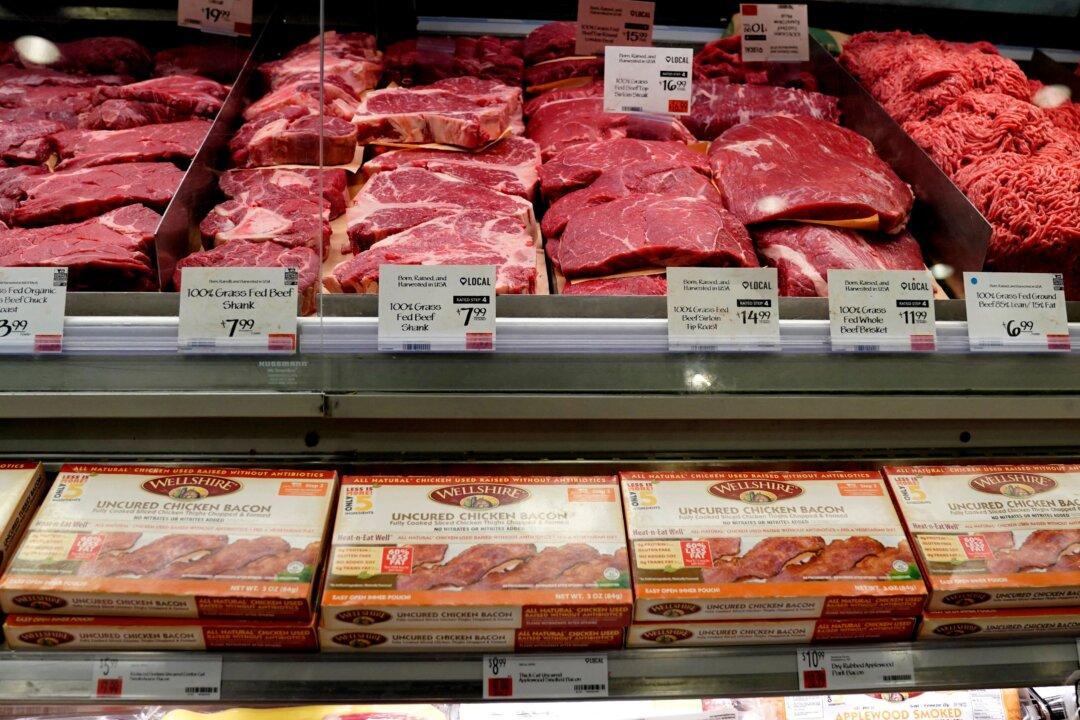The past few days have produced a bumper crop of disappointing news on inflation. First, we saw that the consumer price index grew by 0.4 percent in February, the highest monthly increase since September 2023, resulting in a higher-than-expected 3.2 percent overall rate of annualized inflation. Costs for shelter and gasoline, two of the most important categories for households, contributed to the majority (60 percent) of the increase in prices in February. At the same time, the producer price index for final demand rose by 0.6 percent for the month, the highest monthly increase since summer 2023, contributing to the highest annual rate of increase since September 2023. Import prices have now risen for two months in a row, the first back-to-back monthly increase since the summer of 2023. Finally, global oil prices, a key input into overall price levels, have hit current cycle highs above $80 per barrel in recent days.

The prices for meat are displayed at a grocery store on the Upper West Side of New York on Jan. 12, 2022. Timonty A. Clary/AFP via Getty Images
Commentary
Michael Wilkerson is a strategic adviser, investor, and author. He’s the founder of Stormwall Advisors and Stormwall.com. His latest book is “Why America Matters: The Case for a New Exceptionalism” (2022).
Author’s Selected Articles




